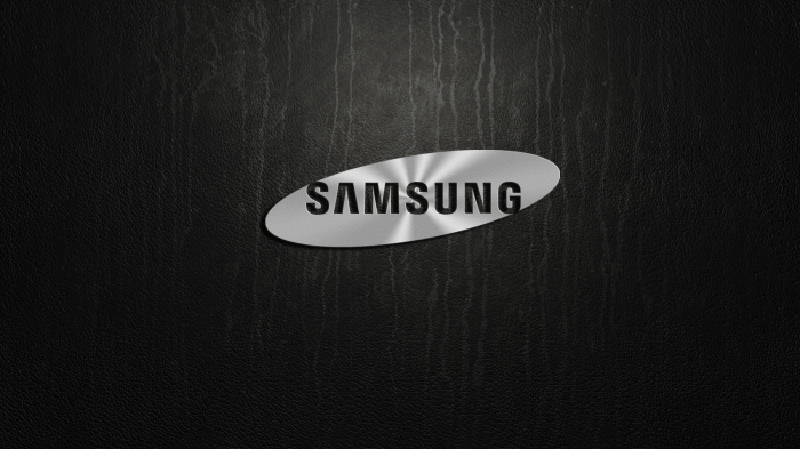Samsung 6G Details Leak
Samsung Electronics today published a white paper outlining the company's strategy for acquiring global frequency bands for 6G, the next generation of communications technology.
The study, titled "6G Spectrum: Expanding the Frontier,"1 outlines how to secure the spectrum required to realise the company's 6G vision, which was first described in a white paper published in July 2020.

"We began our quest to study, develop, and standardise 6G communications technology a long time ago," stated Sunghyun Choi, Executive Vice President and Head of Samsung Research's Advanced Communications Research Center.2 "We are devoted to leading and sharing our findings in order to extend our goal of bringing the next hyper-connected experience to every area of existence."
In response to these criteria, Samsung advises evaluating all possible bands for 6G, ranging from low-band under 1 GHz through mid-band between 1 and 24 GHz and high-band between 24 and 300 GHz.
It also emphasises the significance of obtaining additional bands for commercial 6G installations, as 5G networks will remain operational when 6G deployment begins.
The mid-band within the 7-24 GHz range is a possibility for greater data speeds and adequate coverage.
The sub-terahertz (sub-THz) band in the 92–300 GHz range is being studied for ultra-high data rate support.
Furthermore, it emphasises the importance of doing research on forward-thinking rules and technologies for spectrum usage in order to provide effective and adaptable support for 6G and other services with restricted spectrum.
Recent Findings on 6G Candidate Technologies
Along with the release of the 6G spectrum white paper, Samsung highlights its research findings on some of the 6G candidate technologies, specifically sub-THz band communications, reconfigurable intelligent surface (RIS), cross division duplex (XDD), full duplex, AI-based nonlinearity compensation (AI-NC), and AI-based energy saving (AI-ES).
Sub-THz is a spectrum candidate for 6G communications, which is predicted to enable data rates of up to 1 Terabit per second (Tbps), which is 50 times faster than 5G networks' 20 Gbps.
Using a metamaterial surface, RIS can improve beam sharpness and steer or reflect a wireless signal in a particular direction. It can reduce high frequency signal penetration loss and obstruction, such as mmWave. Samsung demonstrated that their RIS lens technology can increase signal strength fourfold and beam guiding range by 1.5 times.
By enabling continuous uplink transmission in a tiny amount of the system bandwidth, XDD can increase the propagation distance of an uplink signal in a TDD system by up to two times.
As a result, XDD has the potential to significantly improve the coverage of the TDD system, which is commonly employed in high-frequency bands. At the base station, Samsung exhibited its basic technology, self-interference cancellation.
Samsung successfully tested full duplex in the mmWave spectrum with a base station and a terminal 100 metres apart, demonstrating self-interference cancellation of over 114 dB and 1.9 times data rate improvement.
AI-NC use AI at the receiver to compensate for signal distortion induced by the nonlinearity of a transmitter's power amplifier, considerably improving coverage and quality of high-rate data streams.
AI-ES uses AI to reduce base station energy usage by altering the parameters that govern the power on/off of chosen cells based on traffic load, without impacting network performance.
Samsung used AI-ES to demonstrate an energy savings of more than 10% in a real data-based repeated simulation of base stations.
On May 13, 2022, Samsung expects to release further facts and conclusions from its 6G research at the company's first Samsung 6G Forum (samsung6gforum.com).






